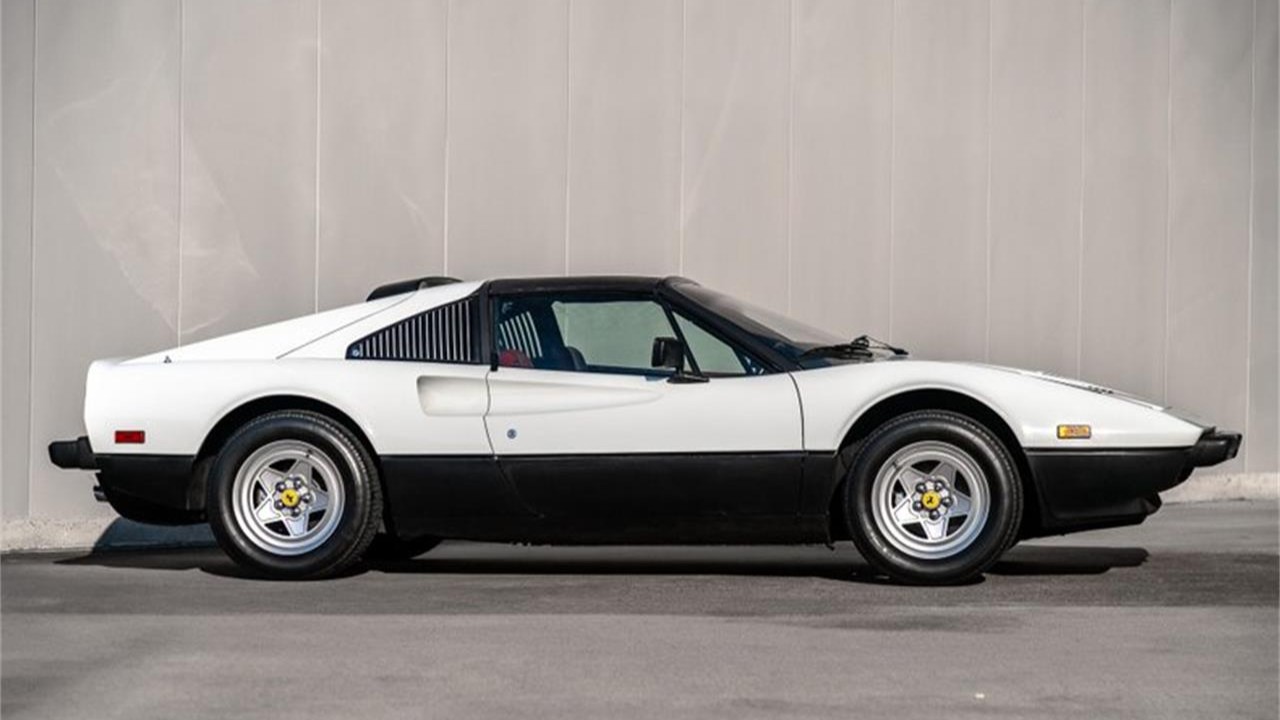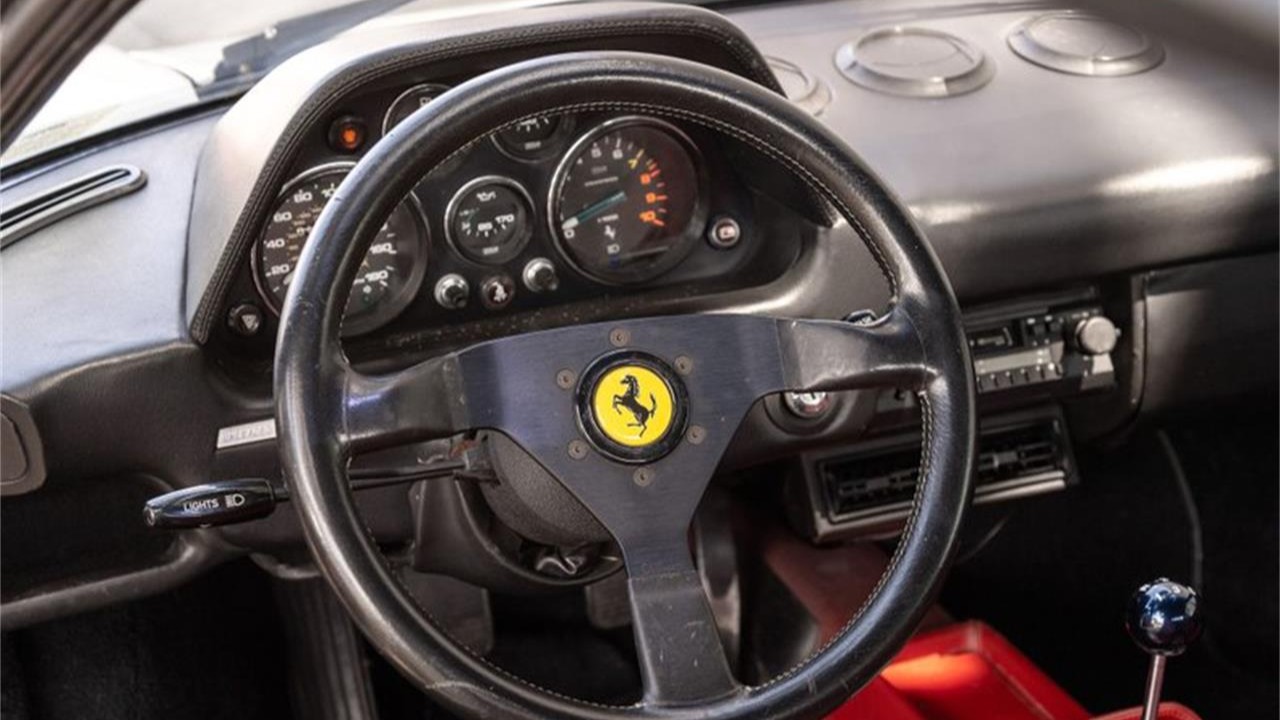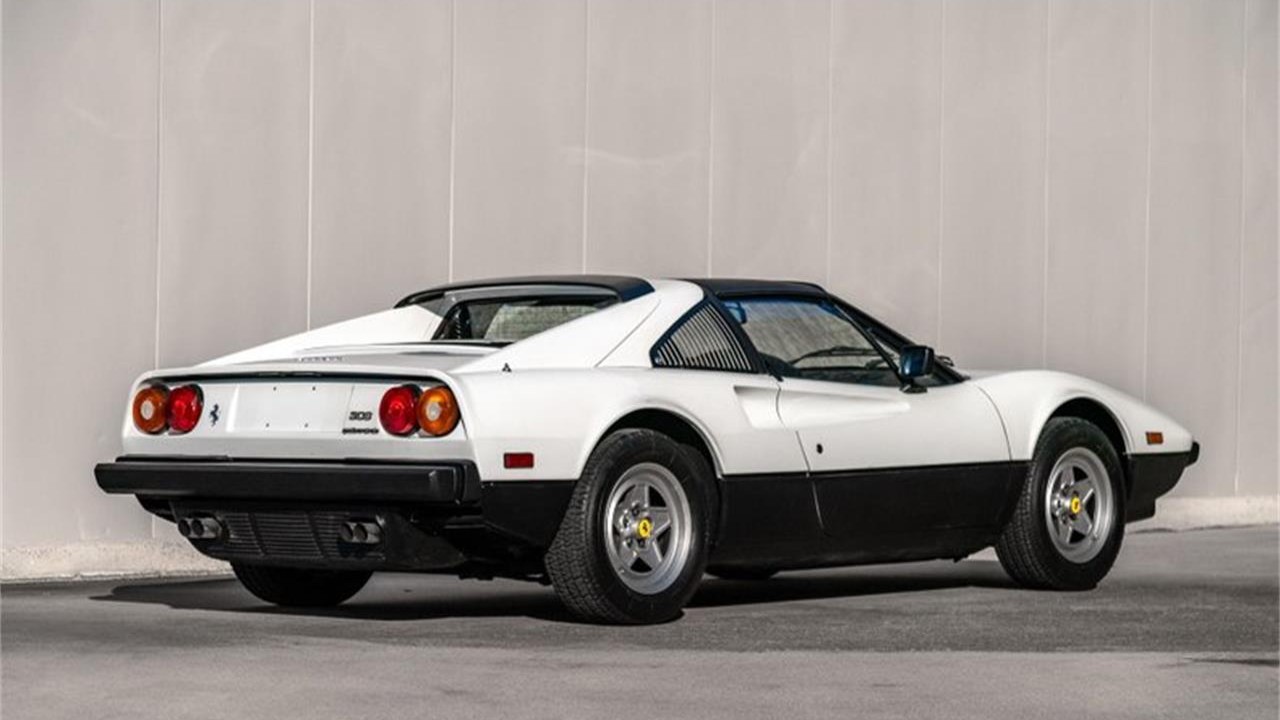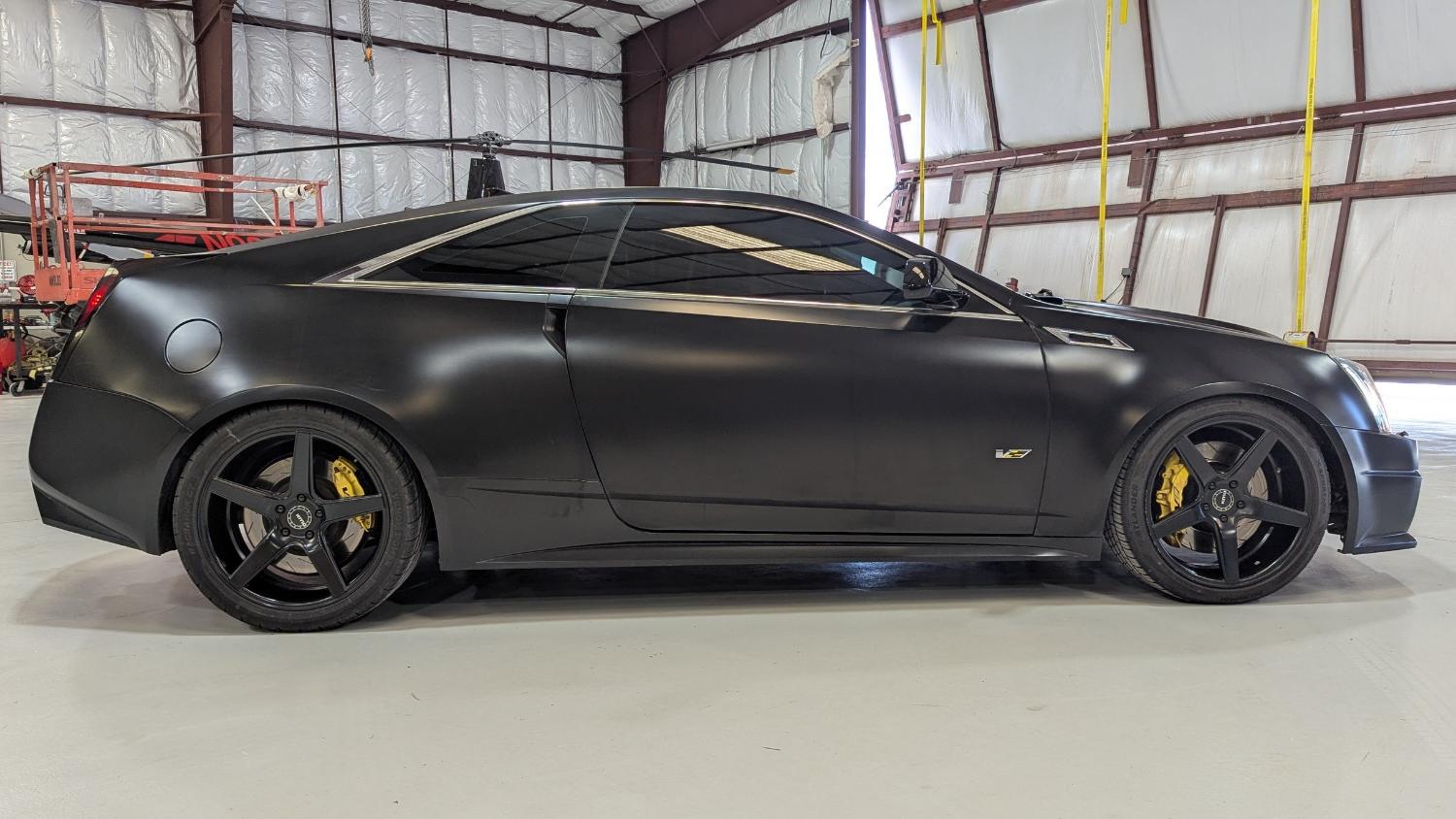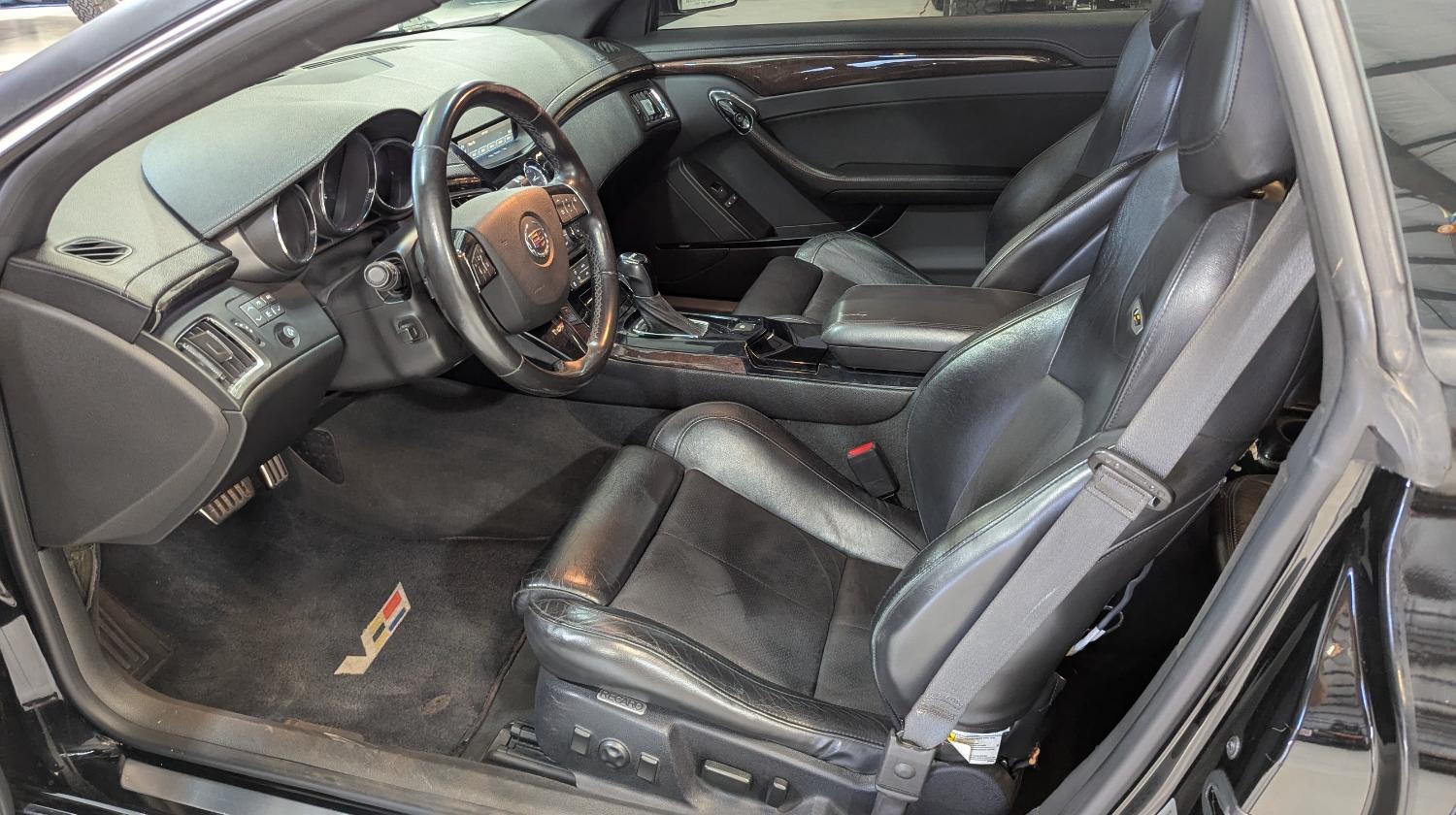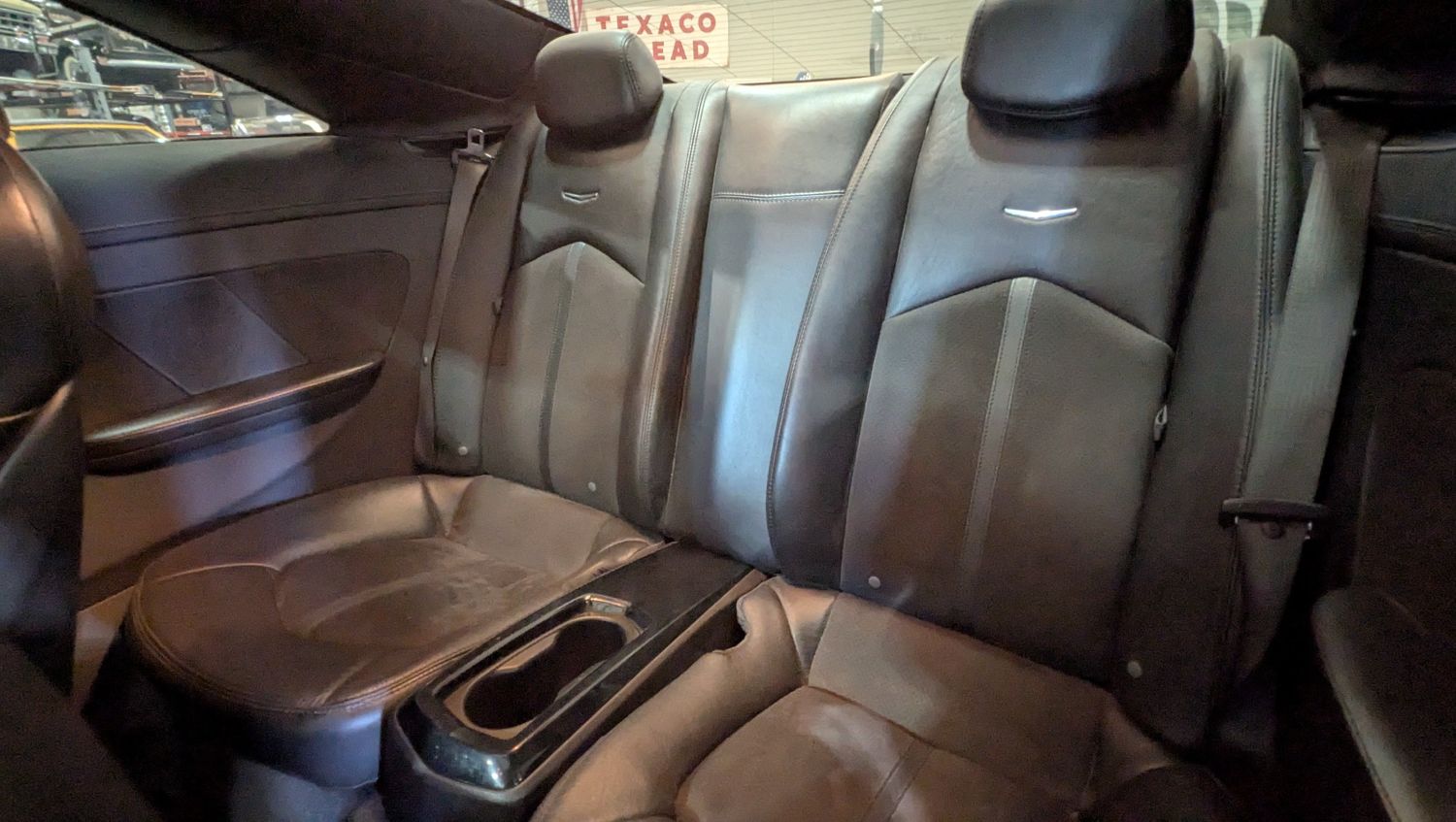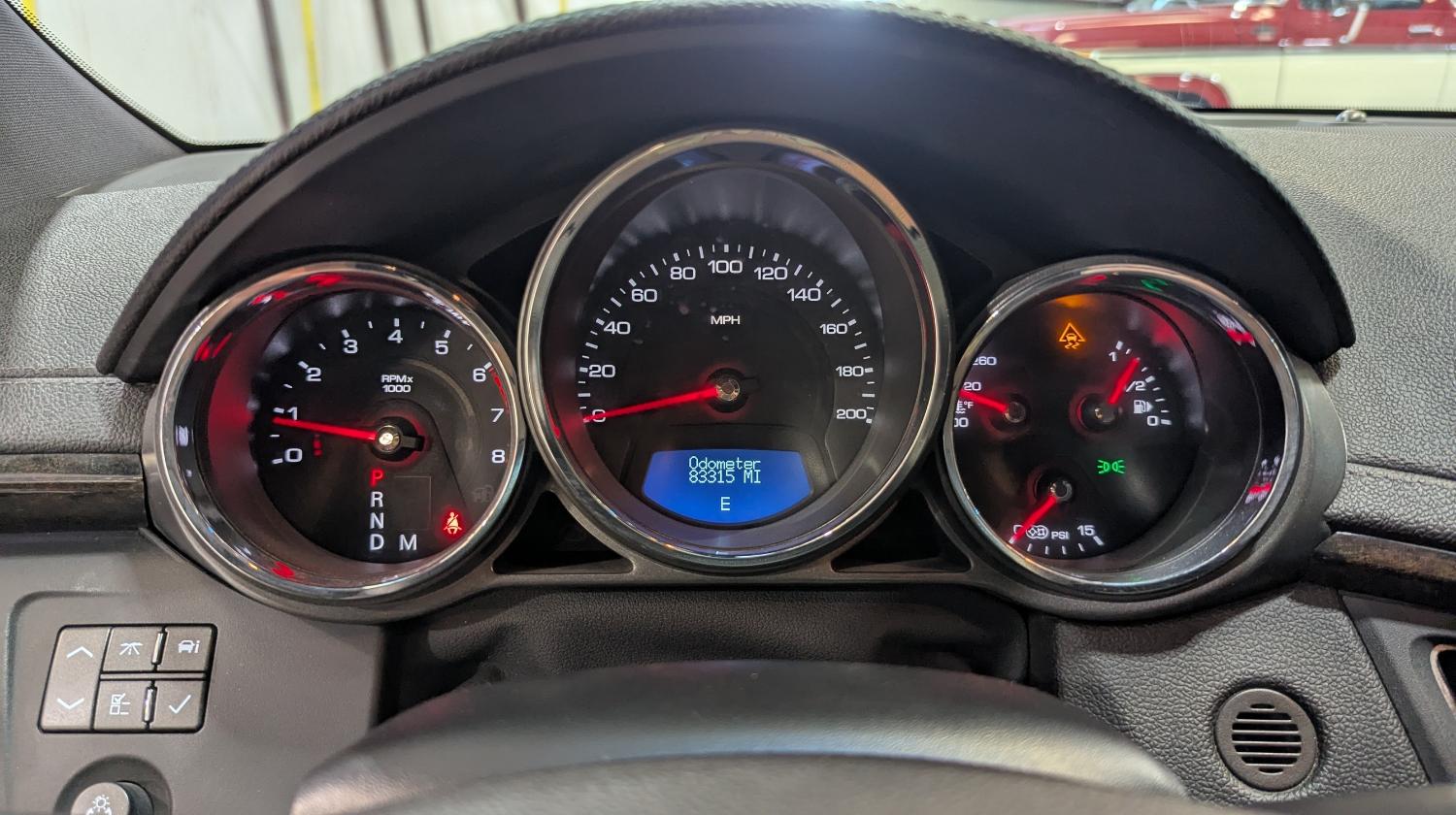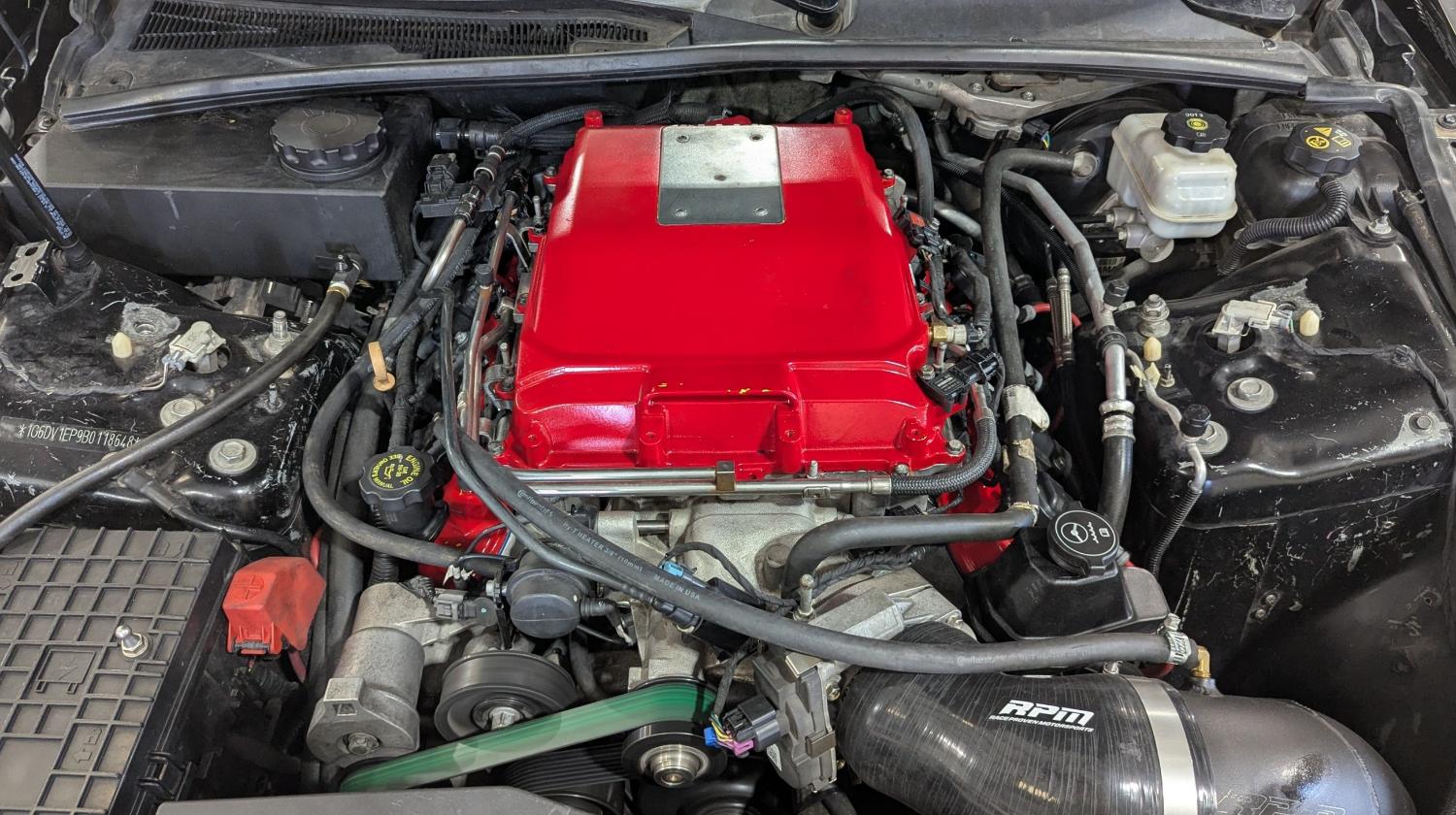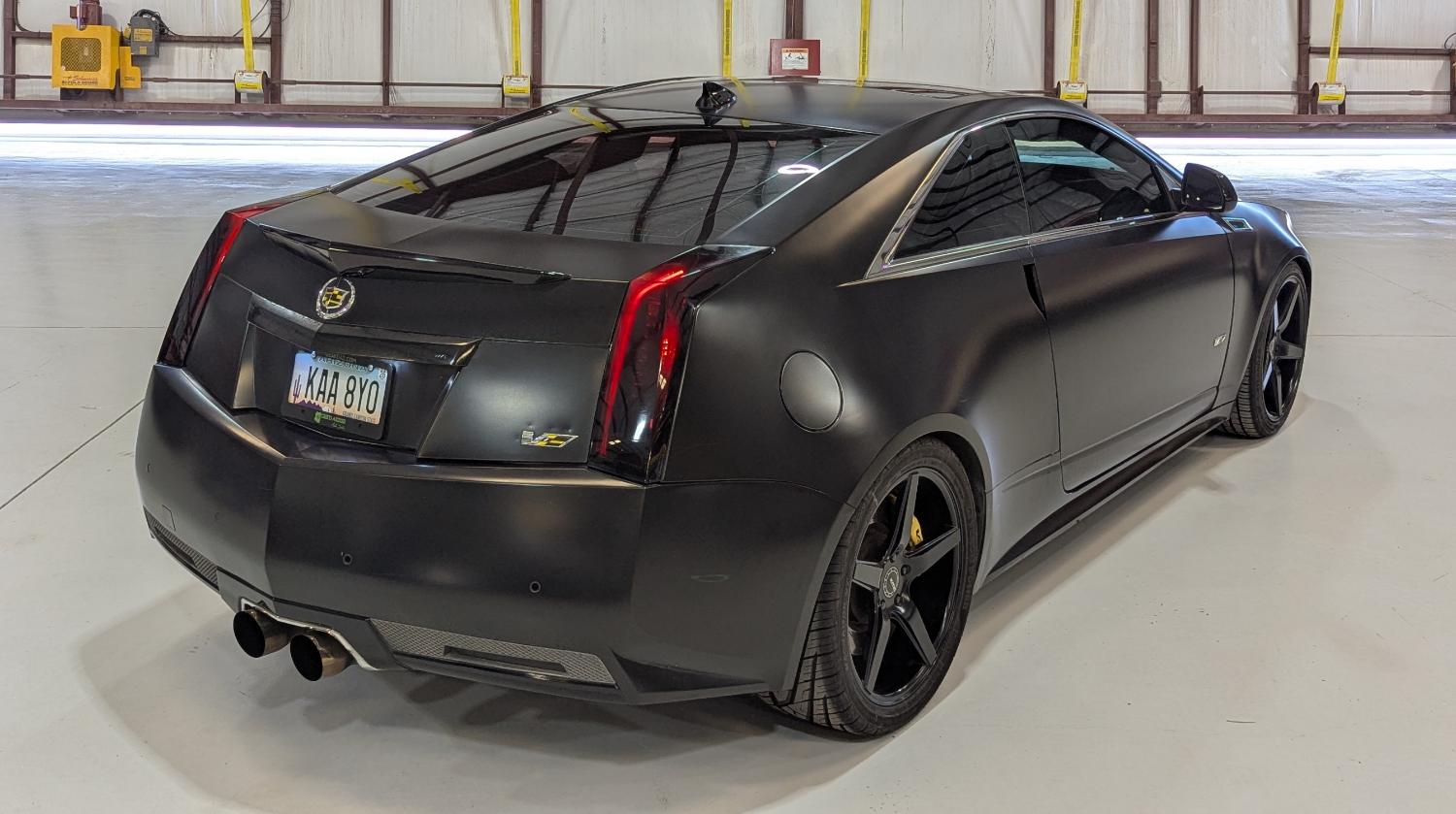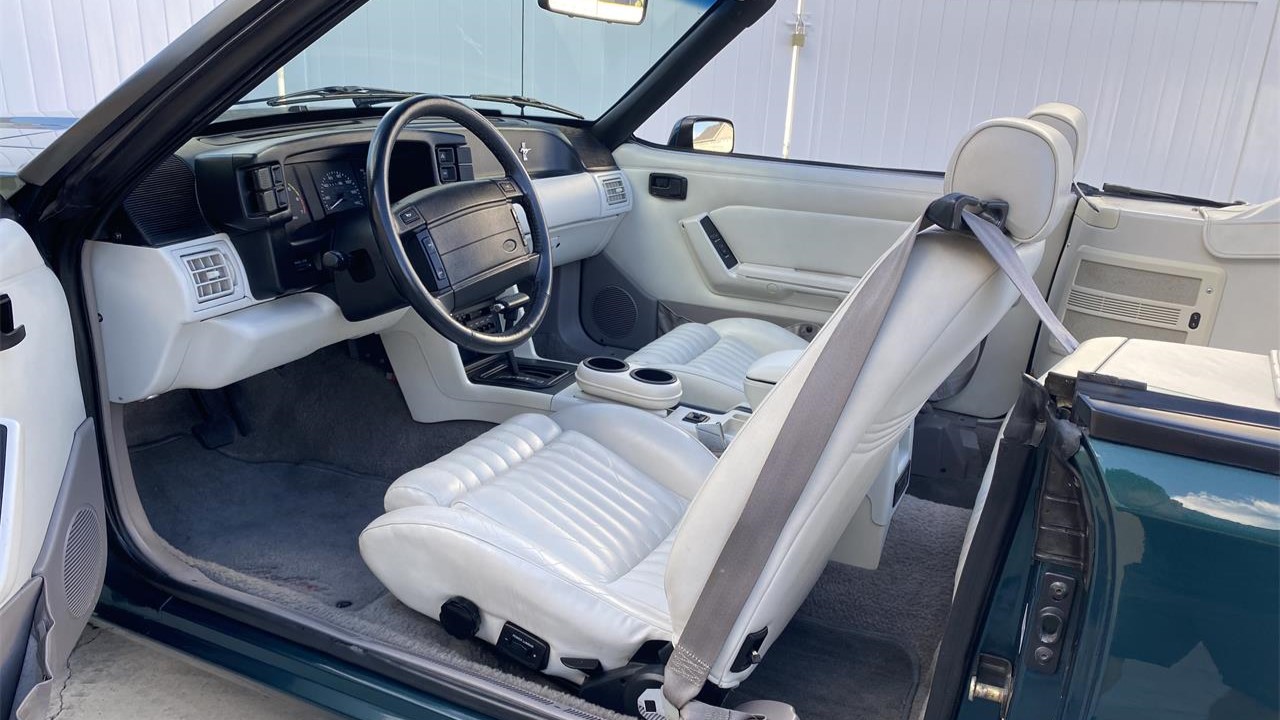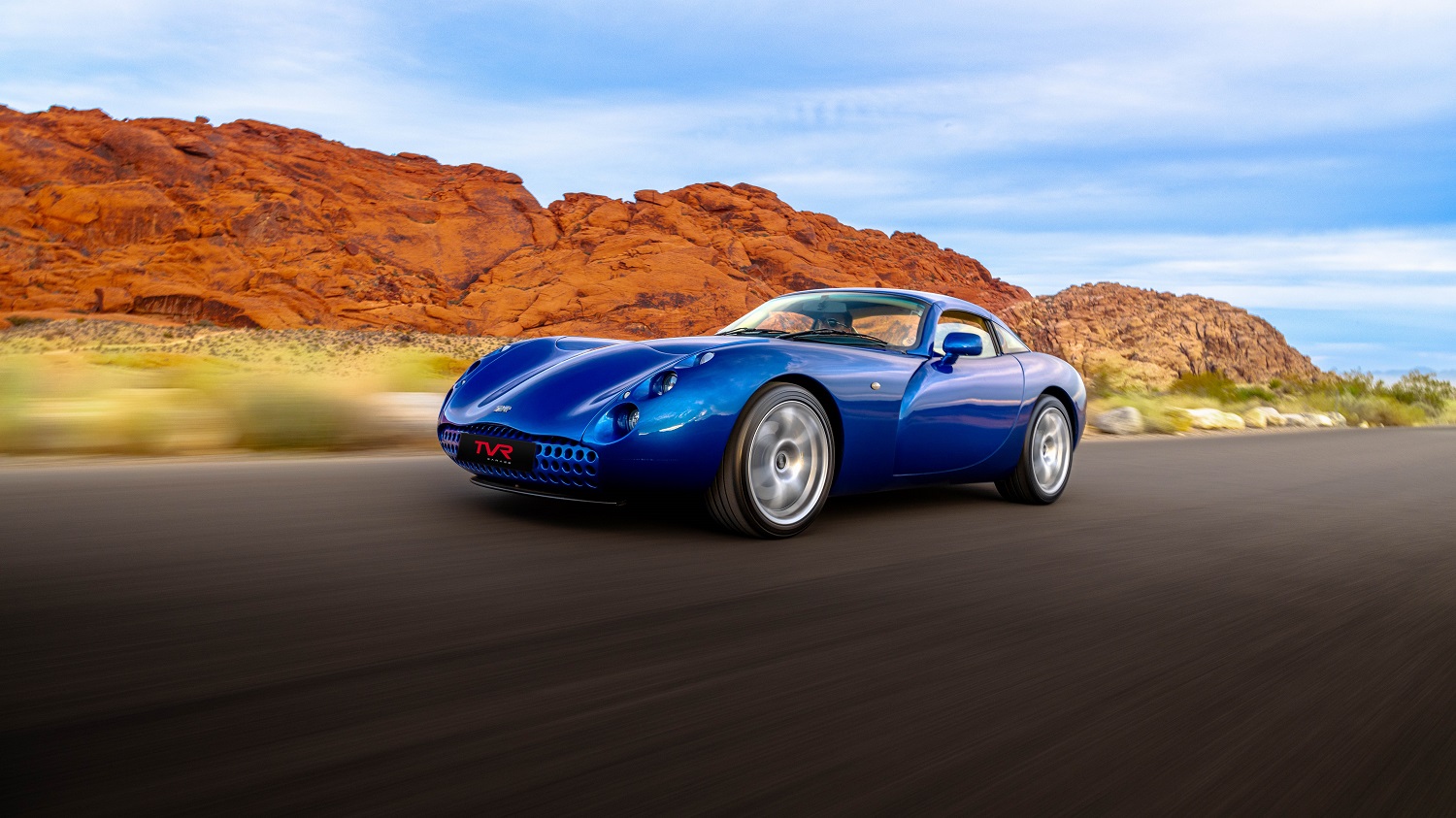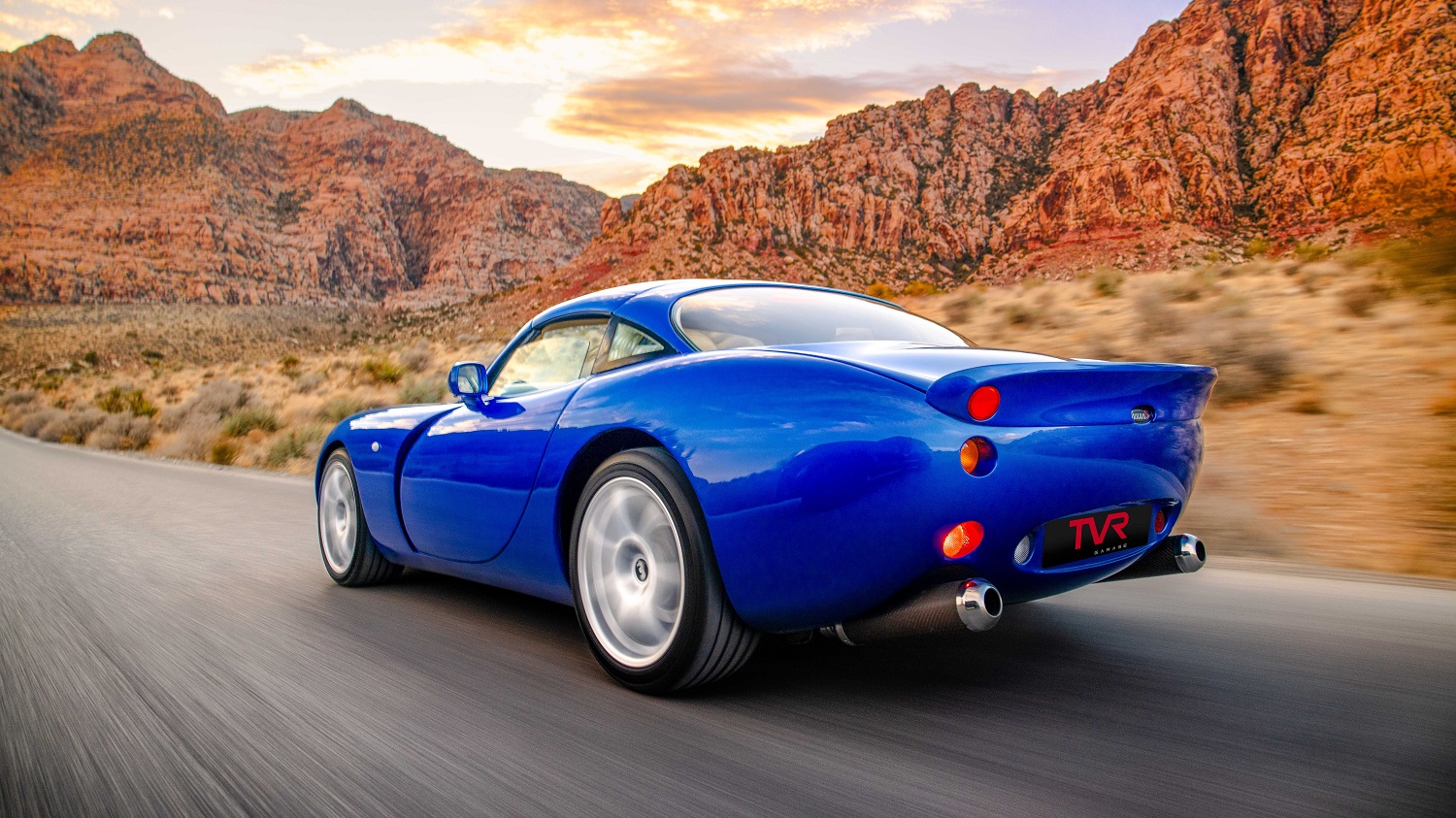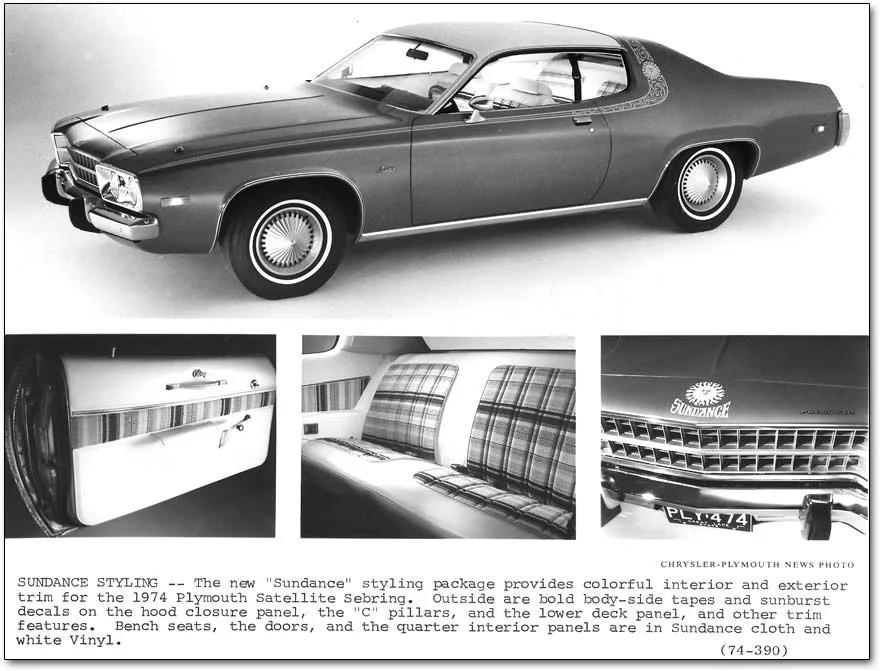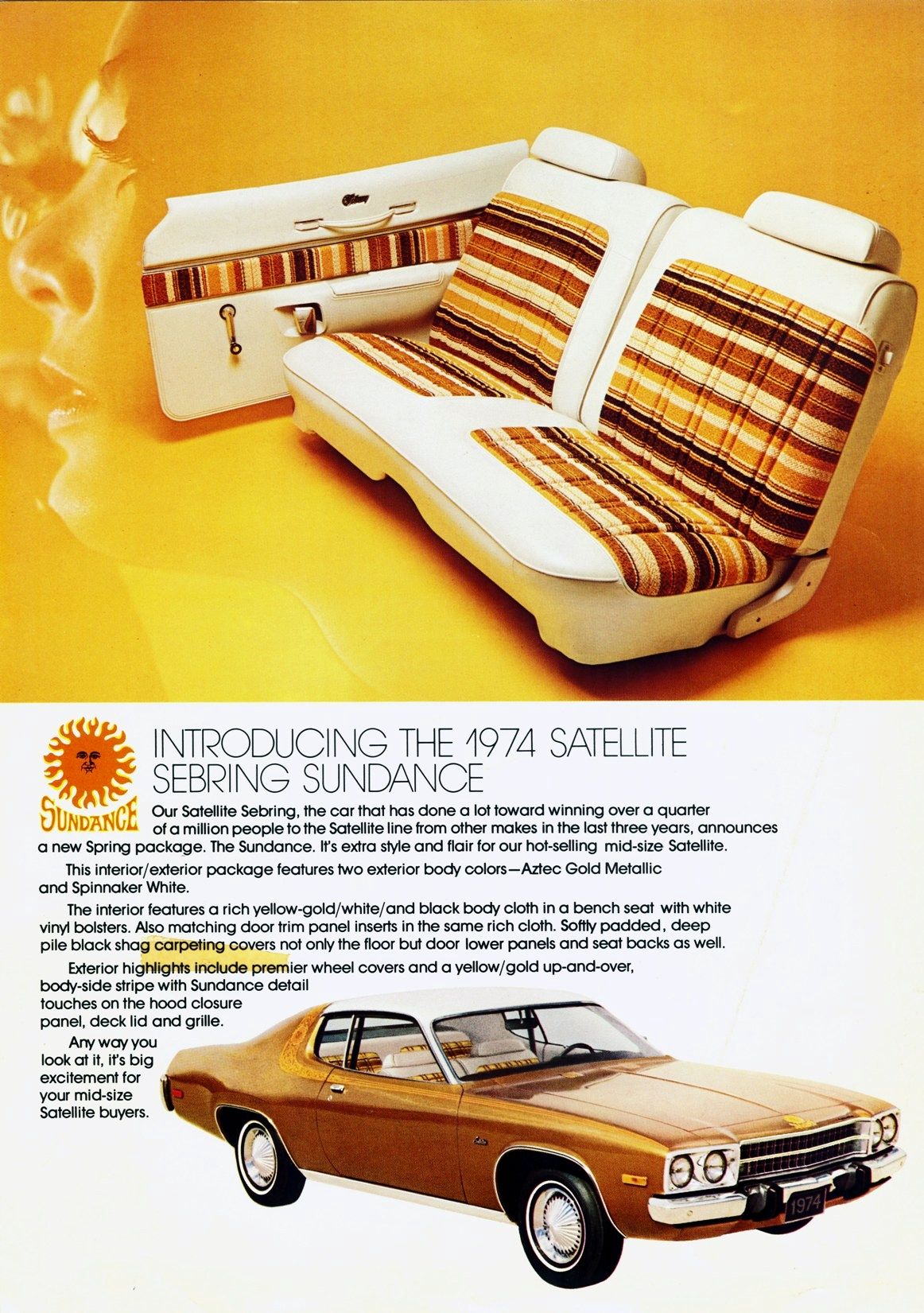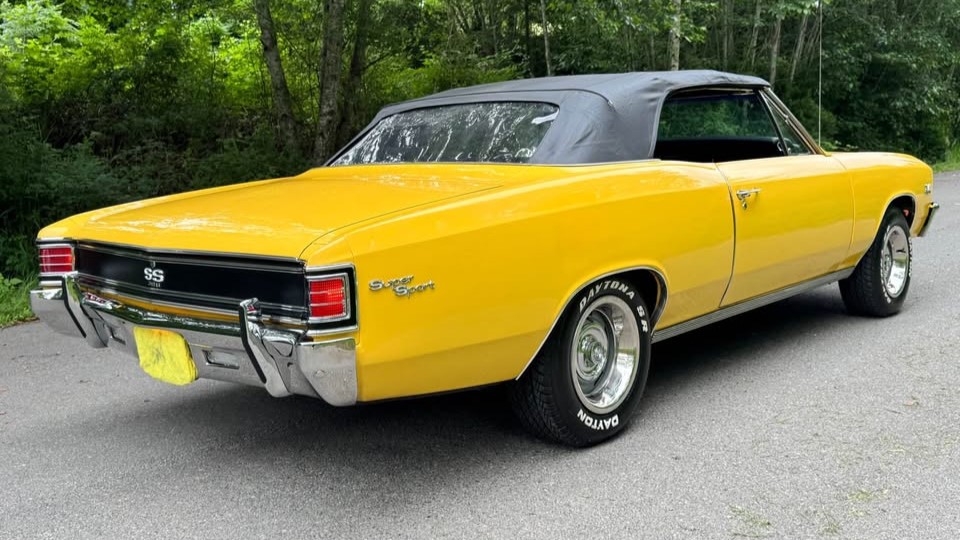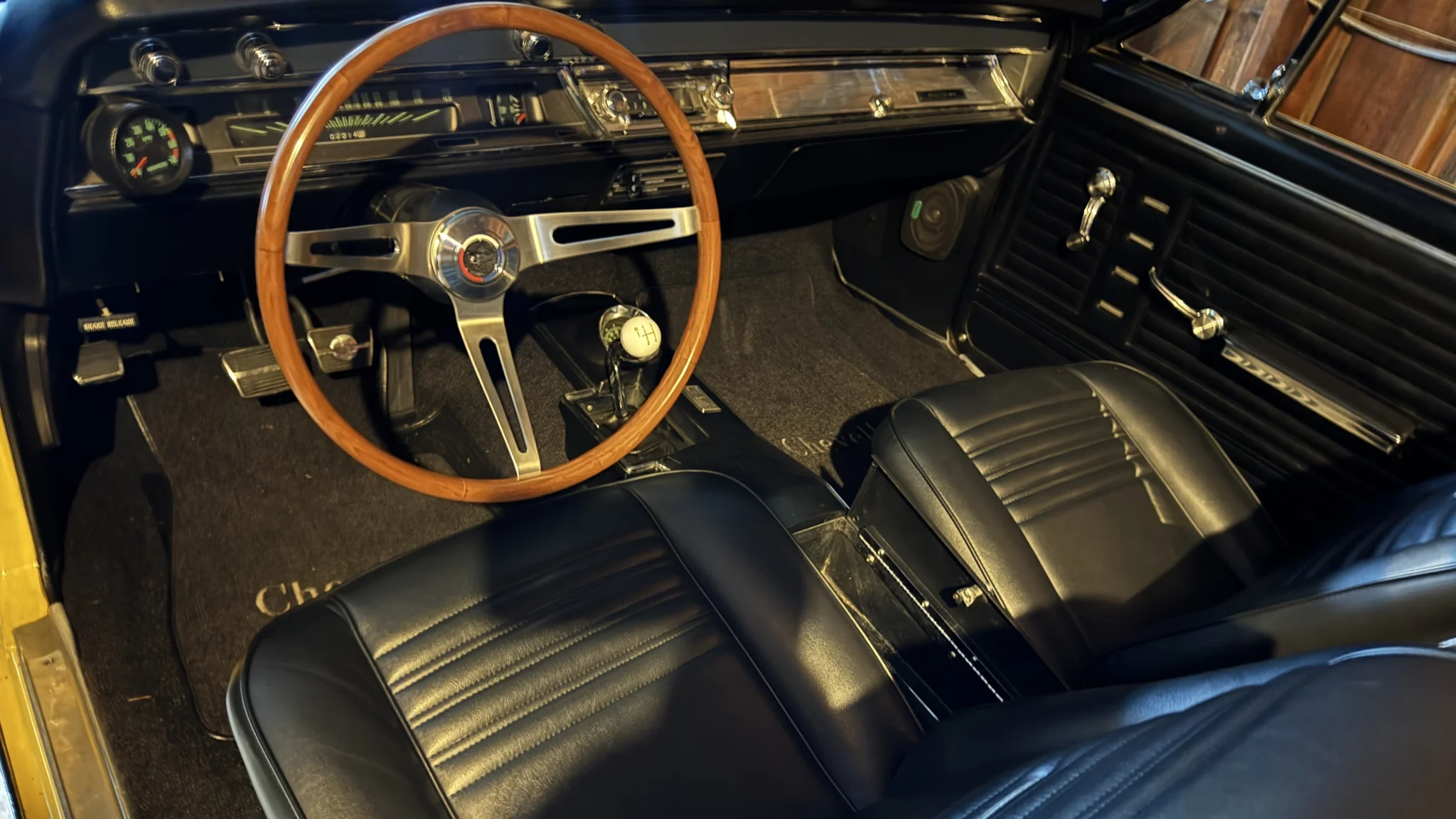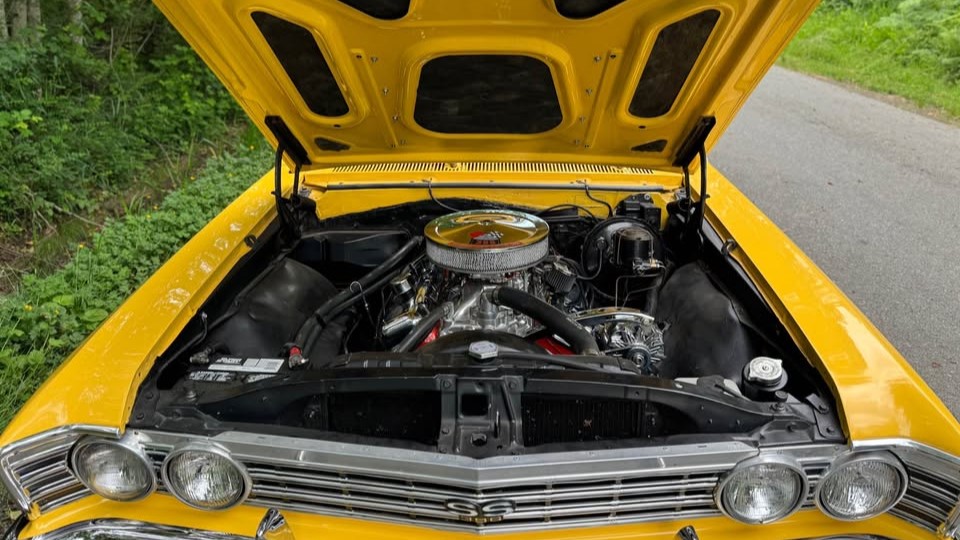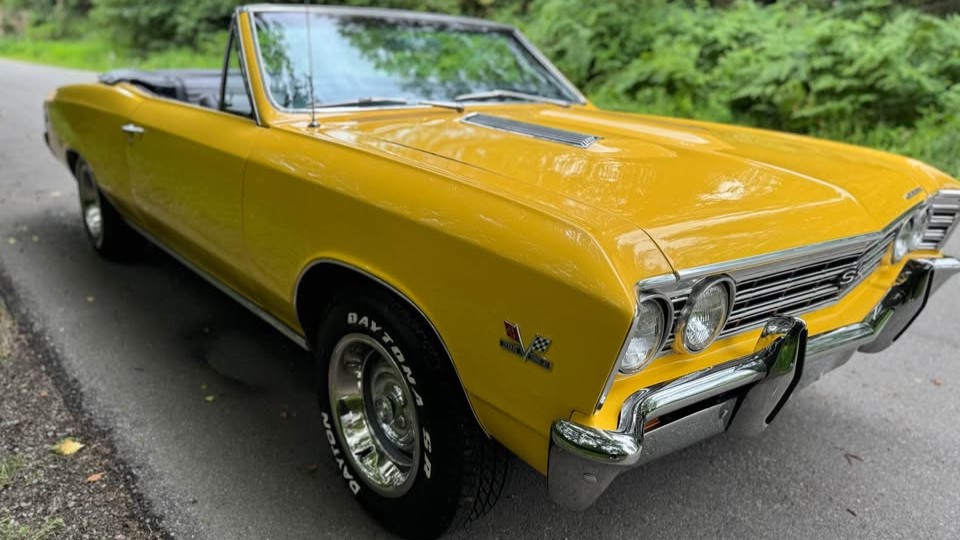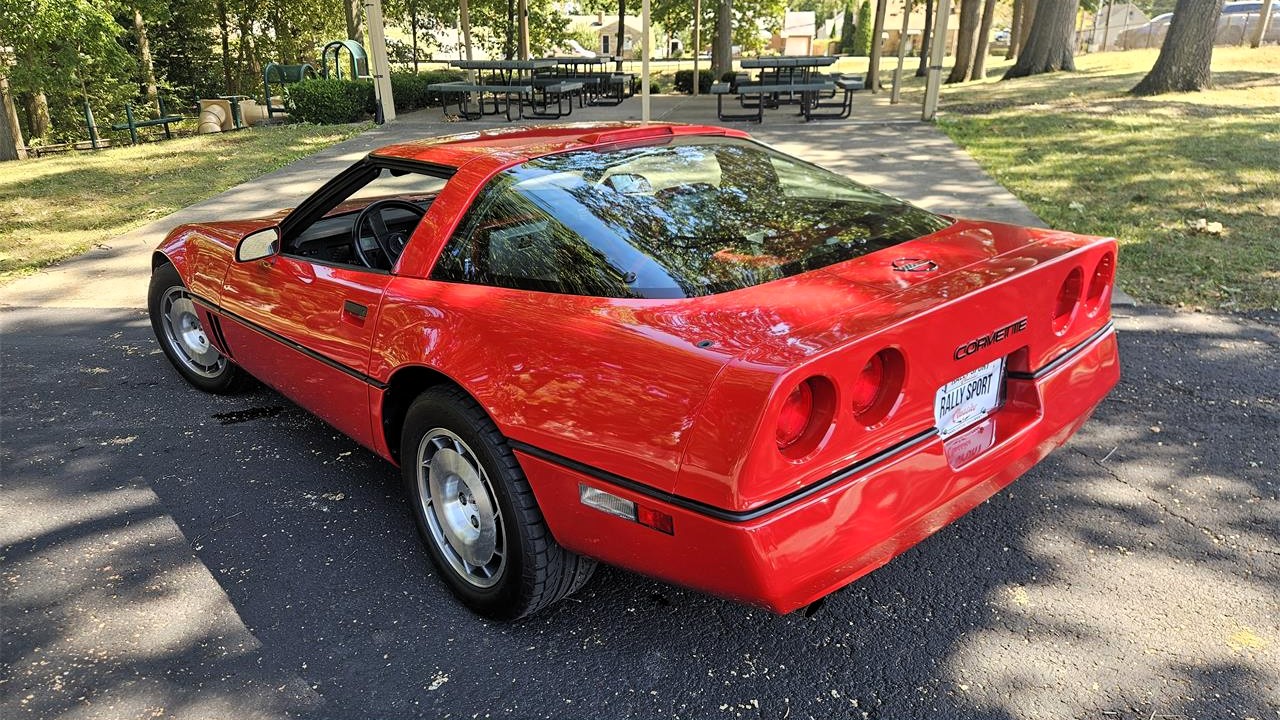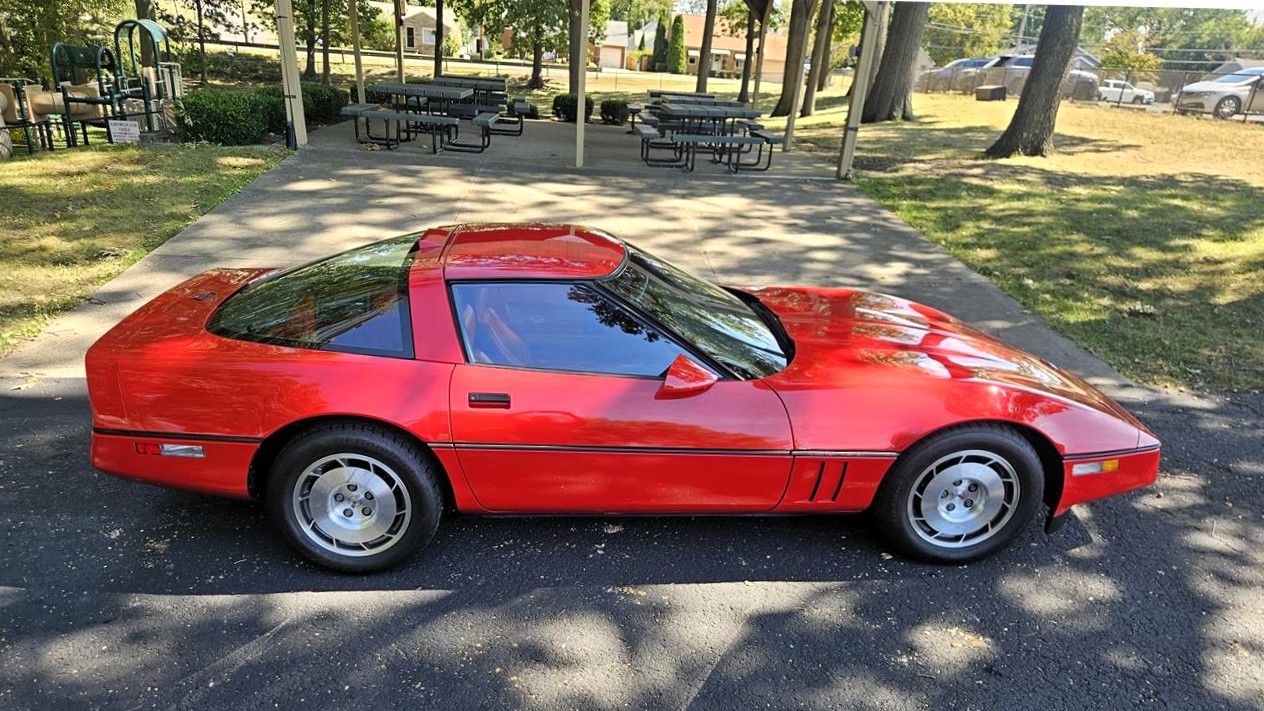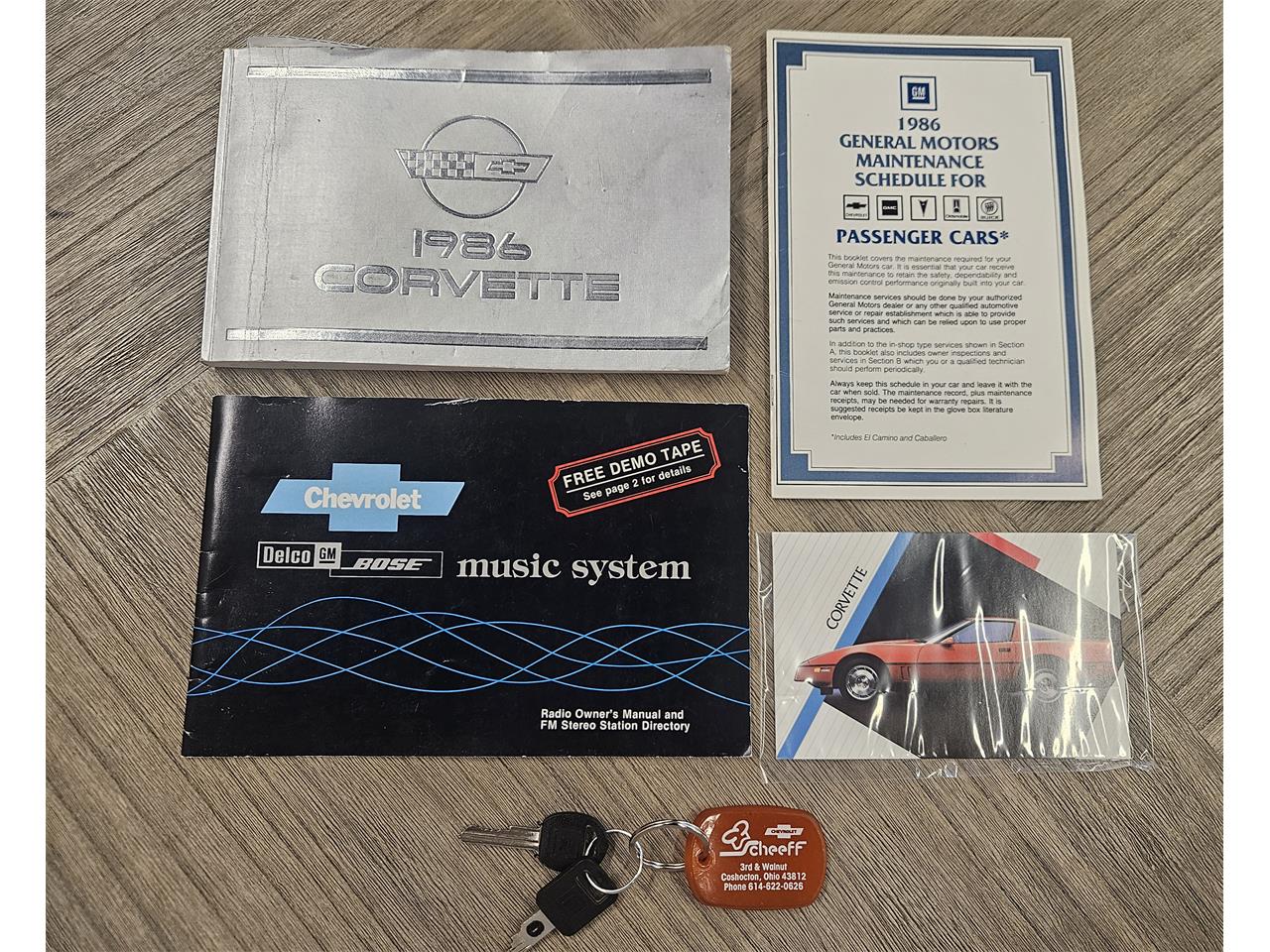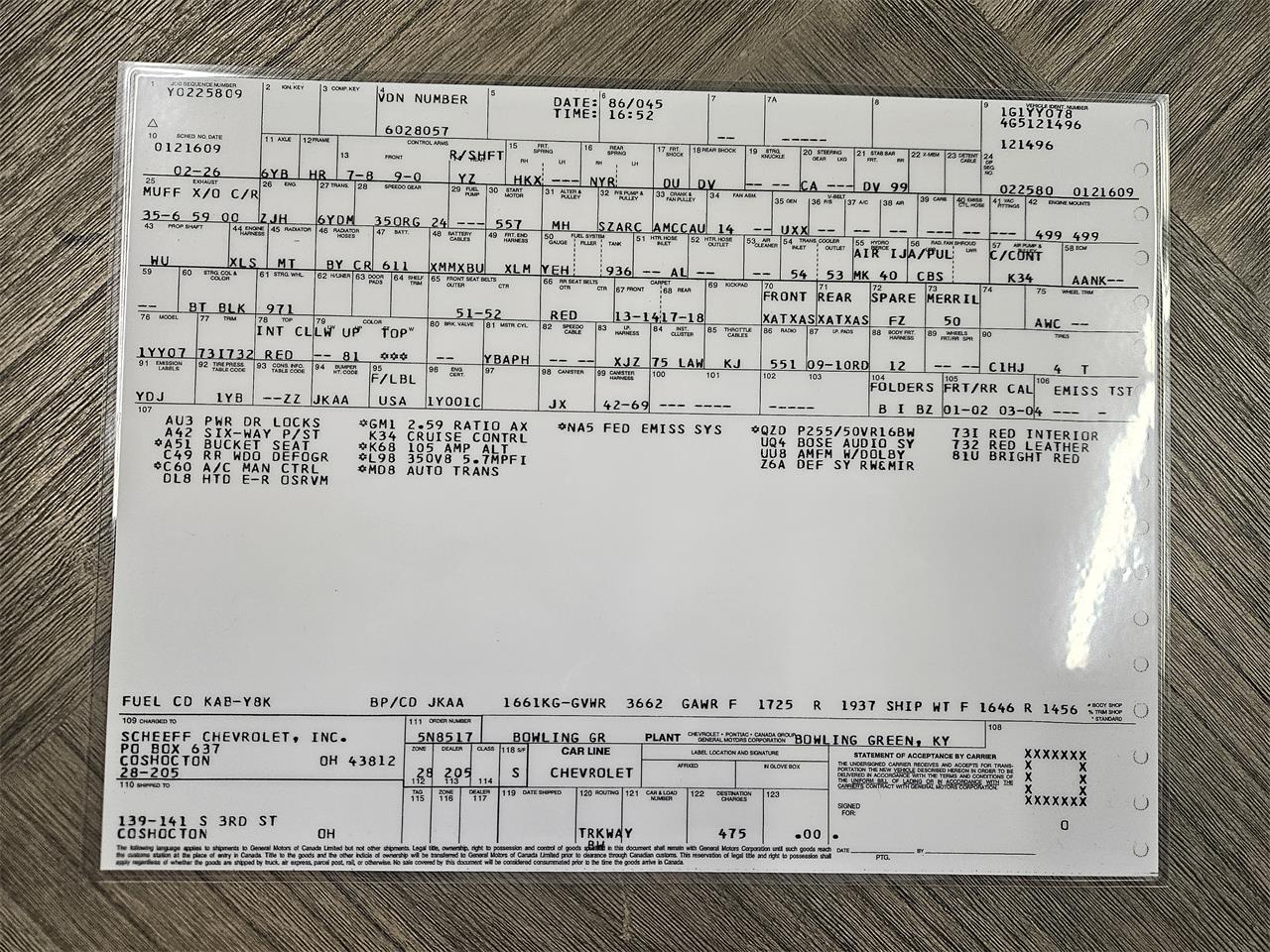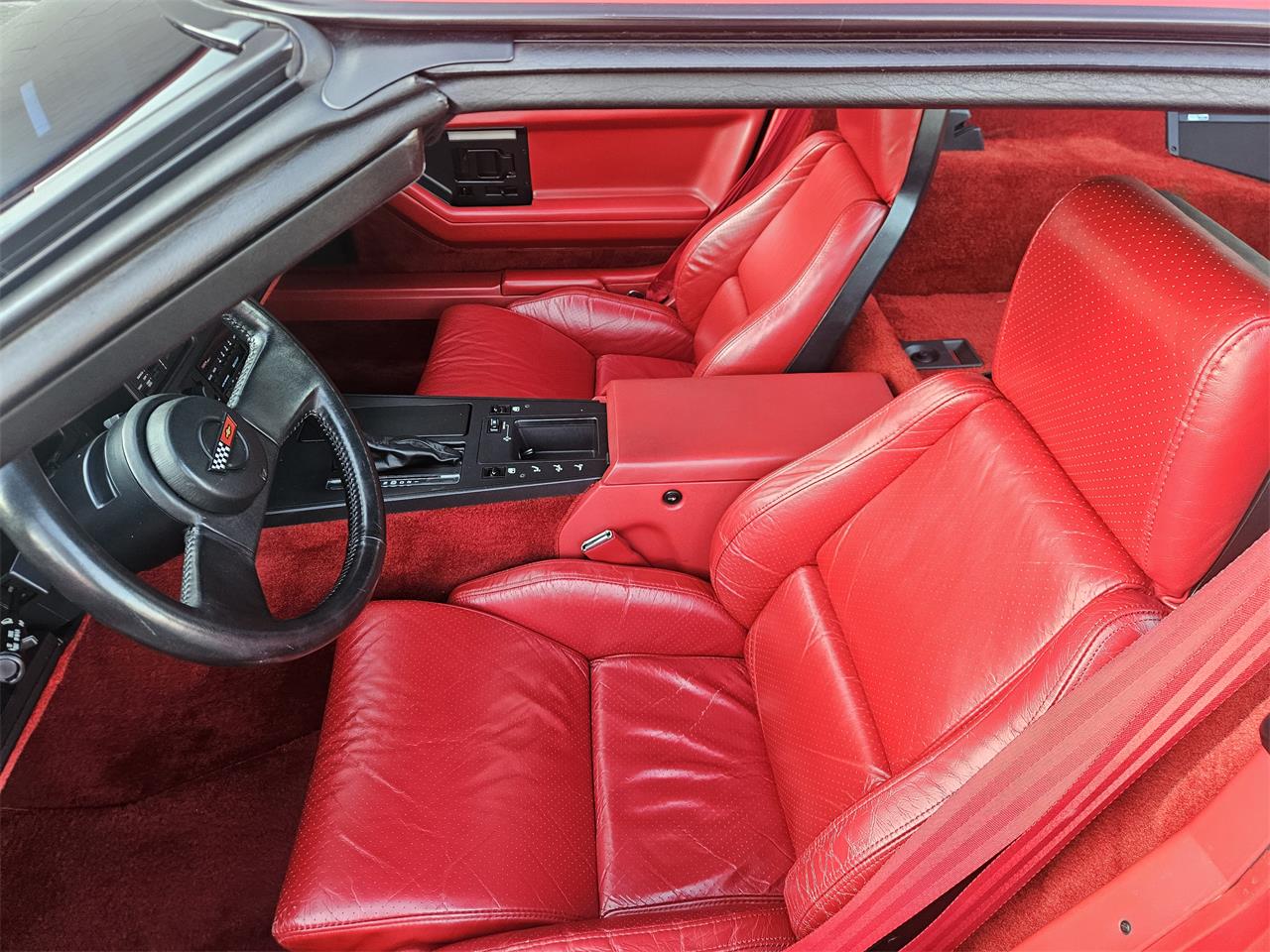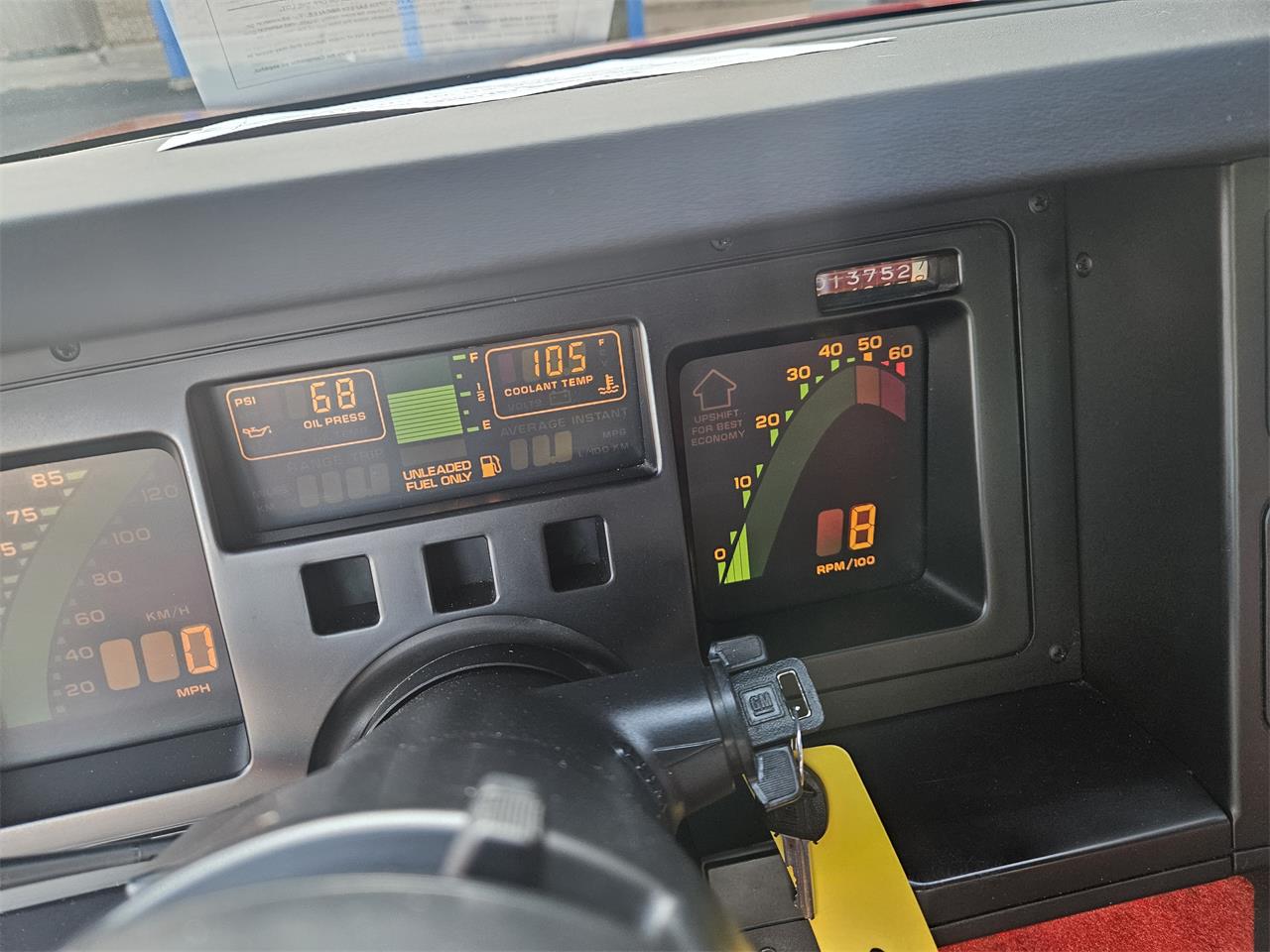The 991 series of the Porsche 911 Turbo is the definition of a daily-driver supercar. No, it is not a GT2 or a GT3 RS but, instead, a more civilized version of the 911 built on the same platform. It might not be as fast around the track as a GT2 or GT3, but it still offers staggering levels of performance. If you doubt this, consider that the 2014 Porsche 911 Turbo, when tested by Car and Driver magazine, recorded a 0-60 time of 2.8 seconds, a 10.8 second quarter-mile ET, and a top speed of 196 mph. Today’s AutoHunter Spotlight is one of these cars, a 2014 Porsche 911 Turbo coupe.
Both the GT2 and GT3 do not offer a high level of civility and luxury in the cockpit. The 911 Turbo is quiet when not at full gallop, rides nicely, surrounds you with amazingly nice leather, and also offers many amenities that are purposefully deleted from the GT2 and GT3 in order to save weight. Personally I would rather take that extra weight and have a car that I can easily use as a daily driver as its abilities in acceleration and top speed are more than adequate for me.
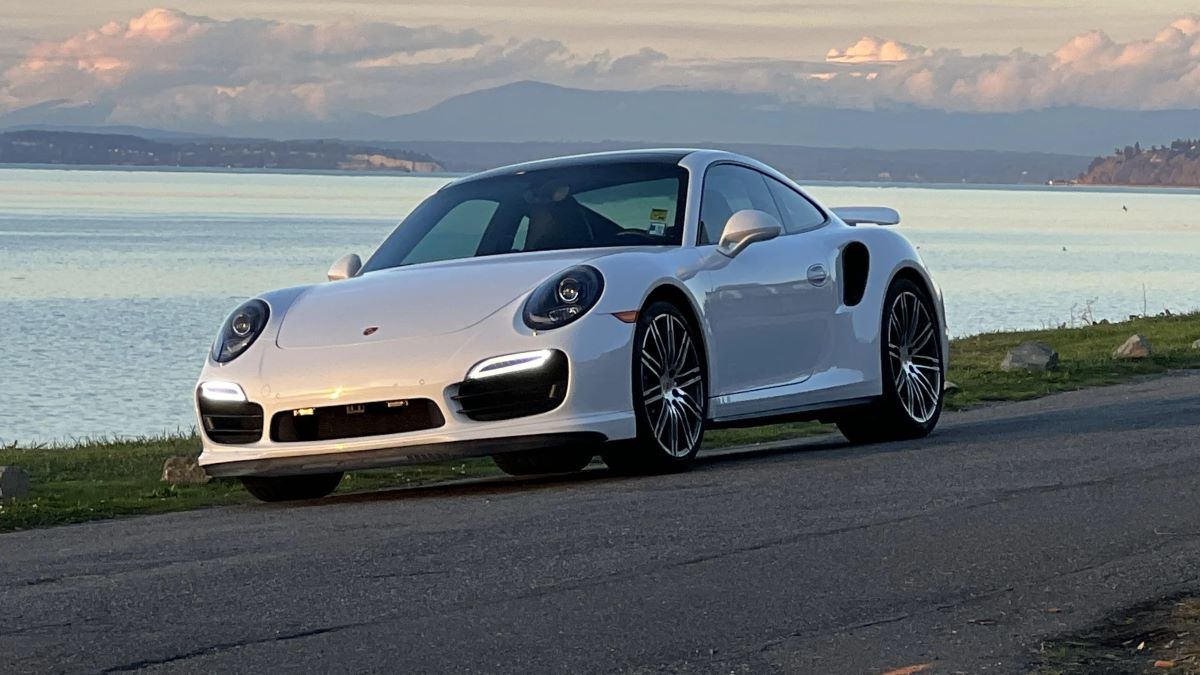
According to the seller this 911 Turbo coupe is powered by a 3.8L flat-six that delivers power to all wheels via a seven-speed PDK Transmission. Finished in white (with PPC film to protect the paint) over a black leather interior, this German sports car is now offered by the selling dealer with a CARFAX report and a clear title. The seller adds that this car has covered a total of only 19,407 miles and is in immaculate condition. Some of the options on this 911 Turbo include such niceties as Porsche Stability Management, Adaptive Cruise Control with Porsche Active Safe, and a Electronic limited-slip rear differential with 3.44 gears.
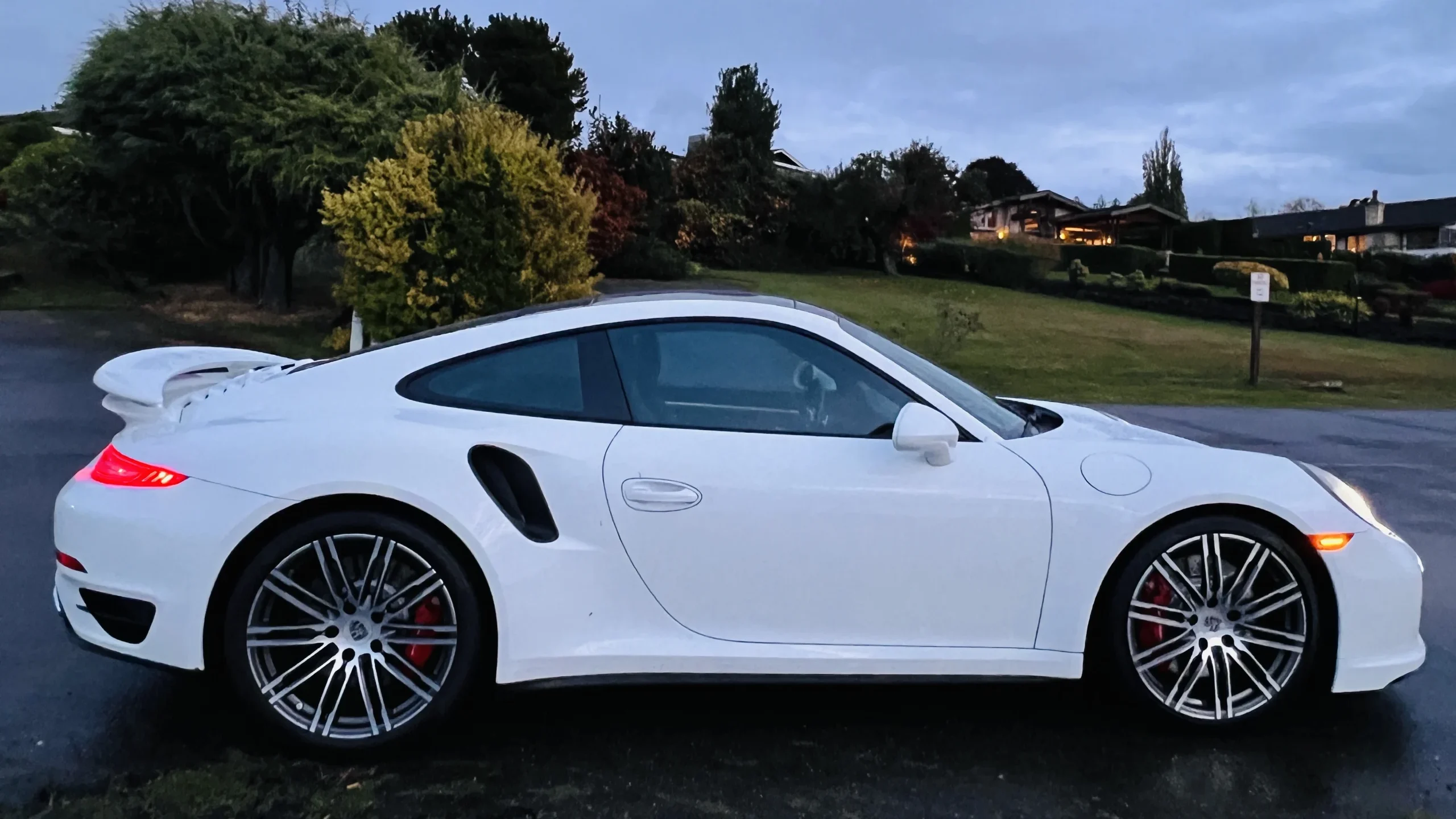
The exterior of this 911 Turbo is, as stated above, finished in white with options that include Bi-Xenon headlights with Porsche Dynamic Light System, Sport Design Mirrors, and electric slide/tilt sunroof. The car rides on factory 20-inch 911 Turbo wheels clad with correct staggered Pirellis in 245/35 for the front and 305/35 for the rear.
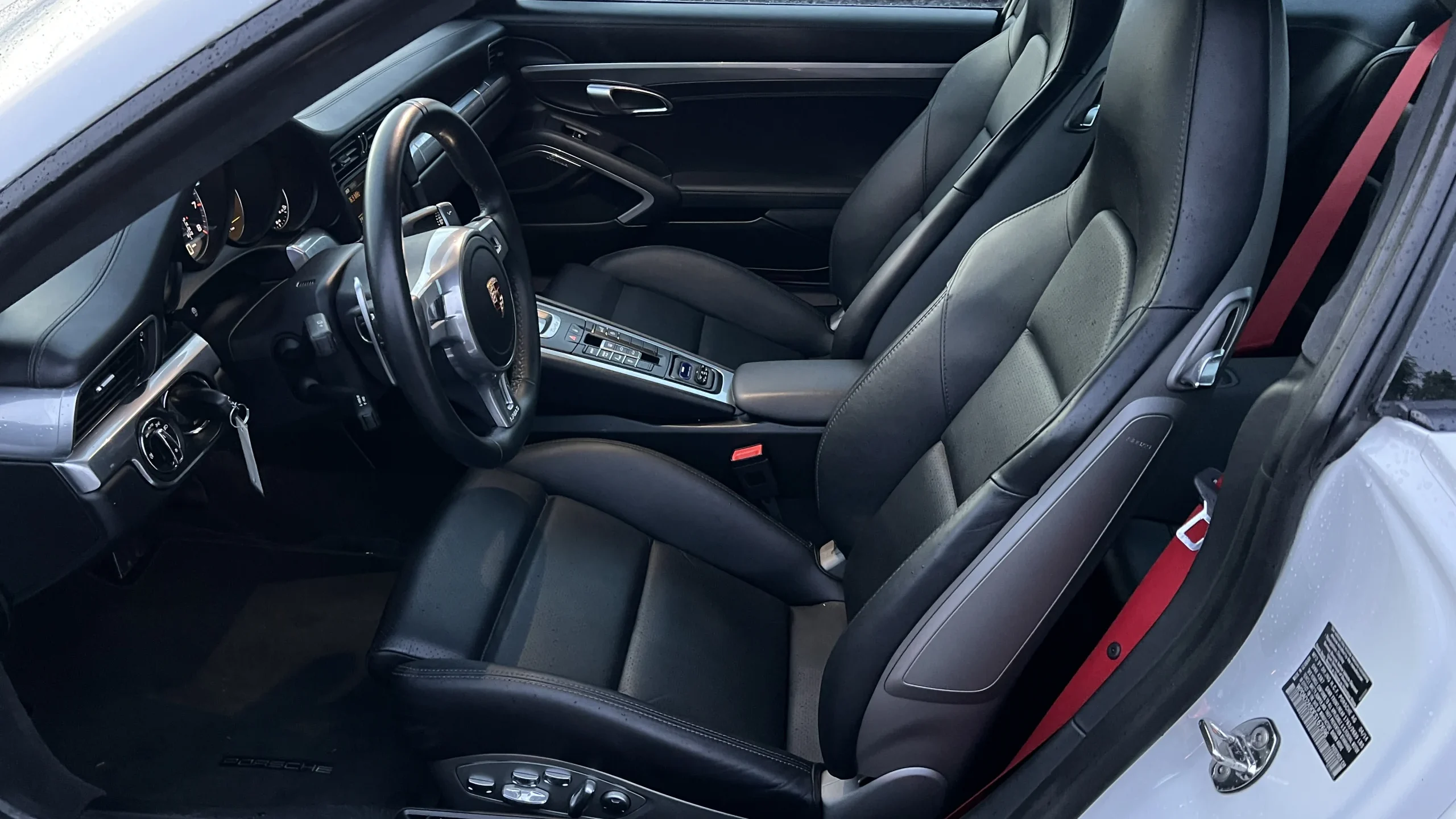

The interior is just as nice as the exterior, with black leather seating and options that include the very cool Porsche Sport Chrono Package, Light Design Package, seatbelts in Guards Red, and the Porsche Adaptive Sport Seats Plus. This car has everything you need to enjoy a long trip across the country at high speed and total comfort.
Mechanically, this car also looks to be in excellent condition, not surprising given the low miles on the clock. It is a two-owner car and looks the way you would expect from a low-mileage, two-owner 2014 911 Turbo.
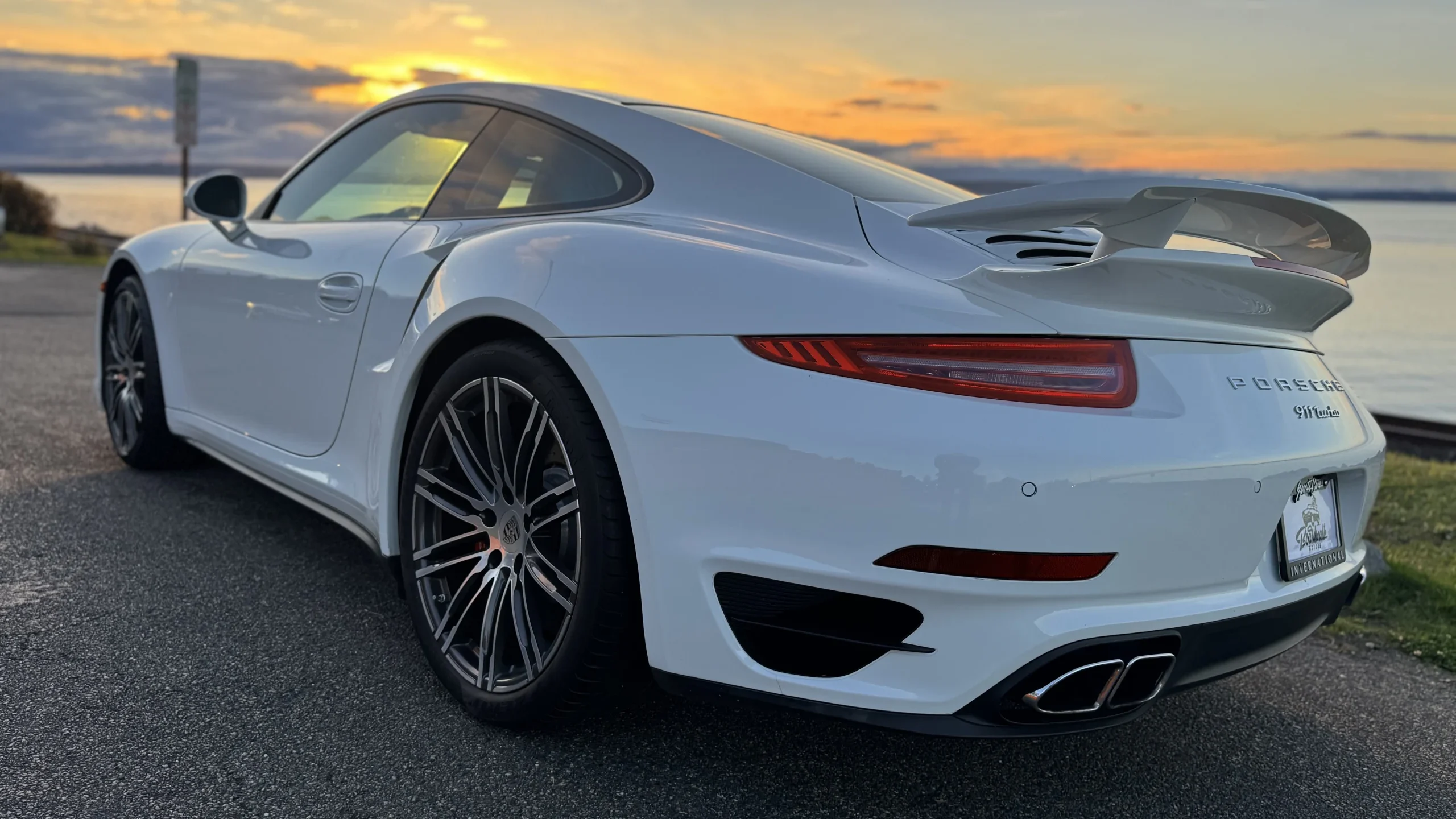
This 2014 Porsche 911 Turbo offers what I think is an excellent opportunity as a buyer. When new, this specific vehicle had a sticker price of $166,440. Just for a comparison, I went to the Porsche site and built the newest version of a 911 Turbo with these options. The cost for that build today, before any dealer markup, was $273,890. The fact that this 911 Turbo is very likely to sell for under its original price make this car kind of no-brainer purchase. Sure, the newest 911 Turbo is a little bit faster but, when you compare this to the price of a new one, it seems silly money to spend for something that is in many ways the same car.

If you feel the same as I do about this, act now and make a bid or two as the auction for this 2014 Porsche 911 Turbo coupe ends on Thursday, November 6, 2025, at 12:15 p.m. (MST).
Visit the AutoHunter listing for more information and a photo gallery

